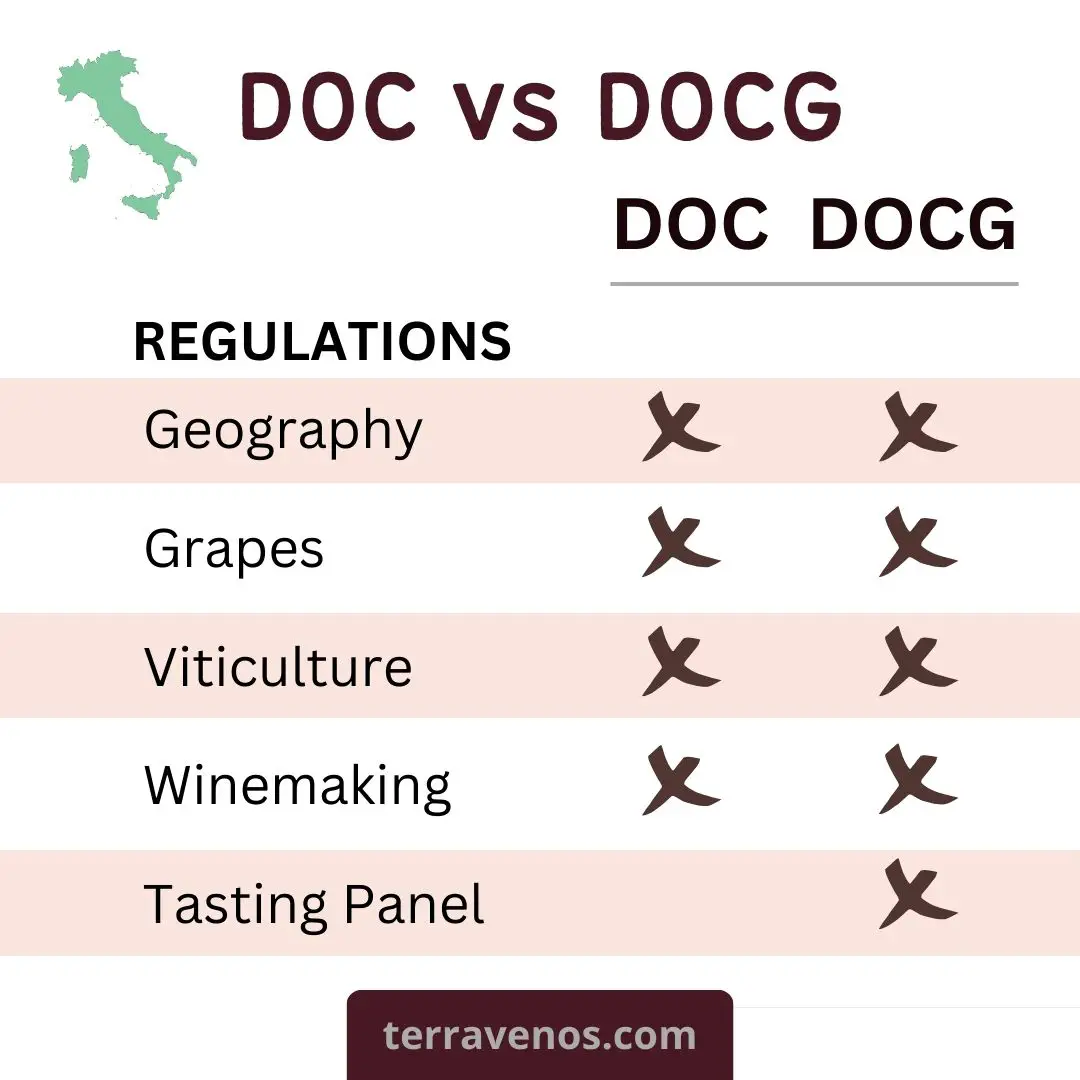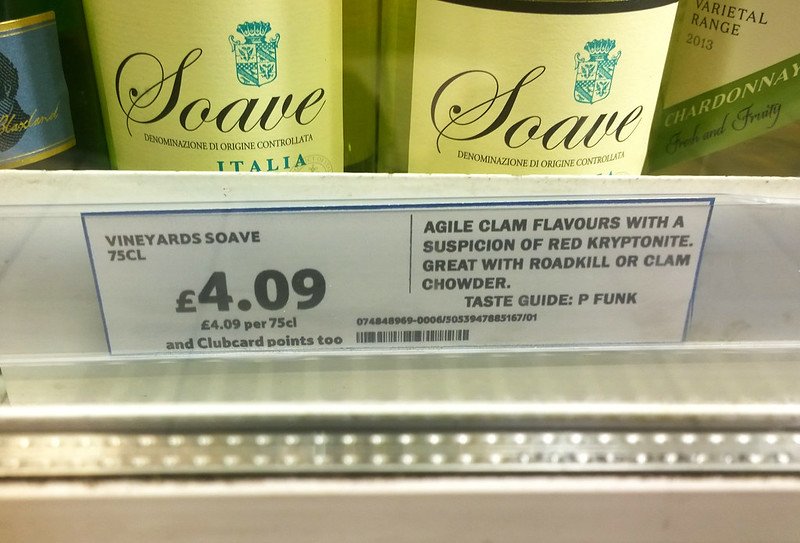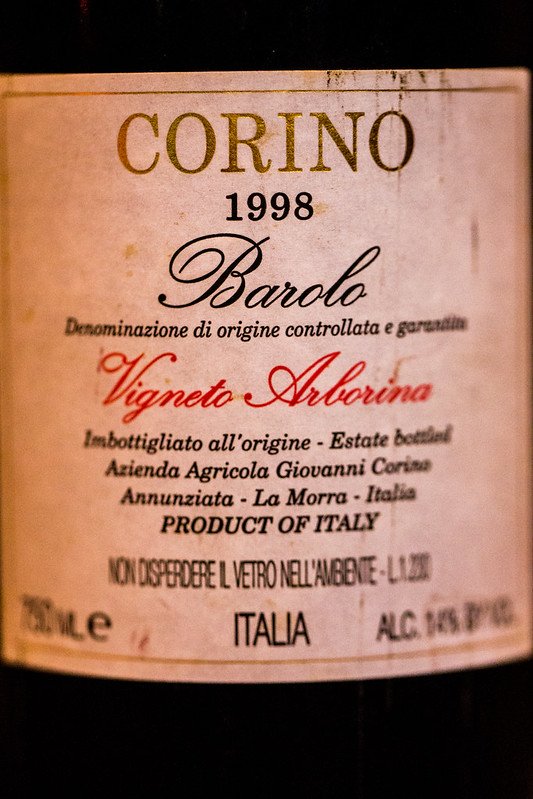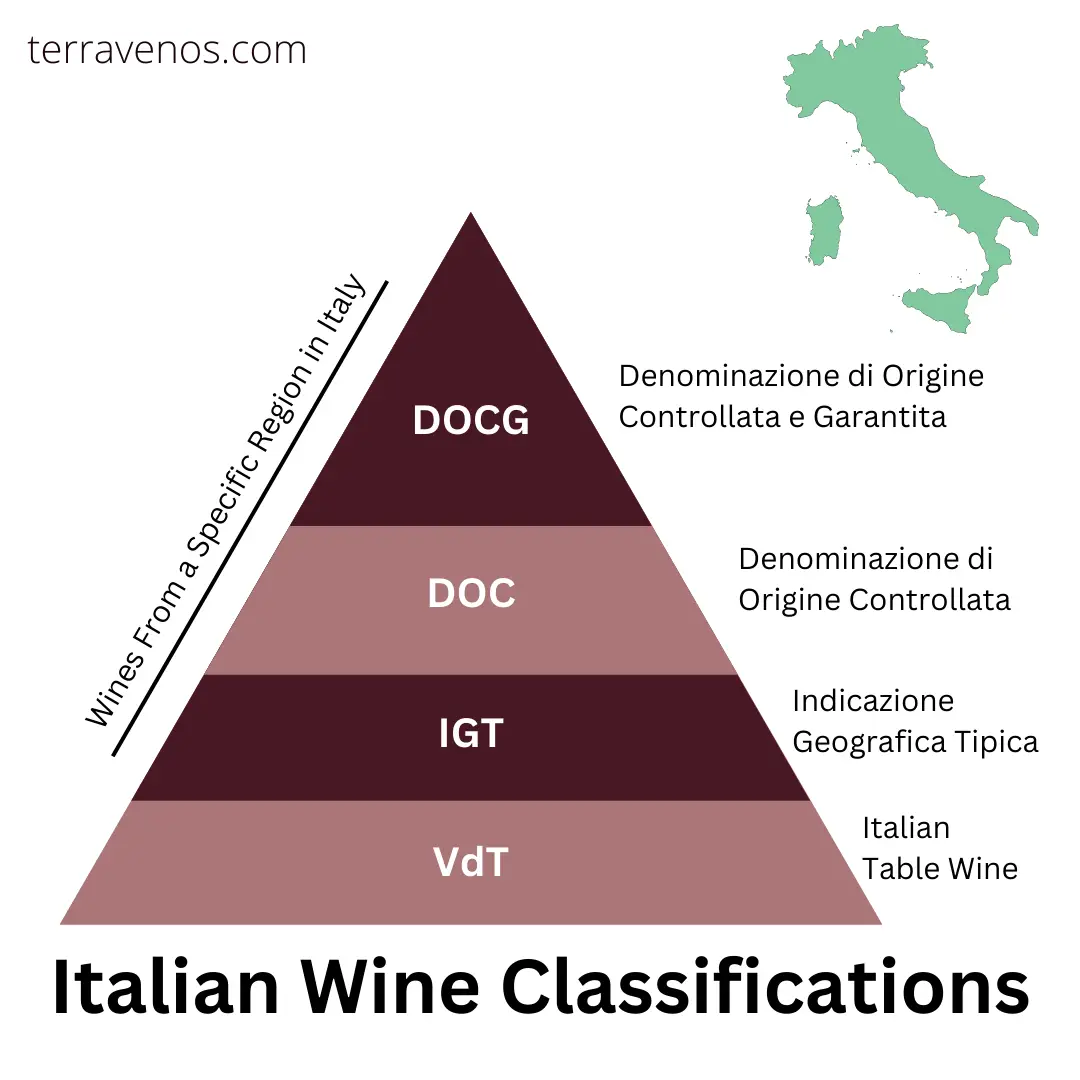
Italian DOCG wines have the highest quality standards and go through a tasting panel. DOC wines are good but below DOCG. DOC wines are less expensive than DOCG wines.
Here’s a quick guide on how Italian wine classifications and the difference between DOC and DOCG Italian wines.
Side-By-Side Comparison: DOC vs DOCG
Key Points on DOC and DOCG Italian Wines:
| Key Points | DOC Italian Wines | DOCG Italian Wines |
|---|---|---|
| Classification | Denominazione di Origine Controllata (DOC) | Denominazione di Origine Controllata e Garantita (DOCG) |
| Quality Level | Second highest | Highest |
| Production Rules | Strict rules for quality and authenticity | Governing body oversees and controls production methods, tasting panel |
| Number of Regions (2022) | 330 | 77 |
| Allowed Varieties | White, red, rosato, or sparkling, depending on region | White, red, or sparkling, depending on region |
| Yield and Coverage | Higher yields, cover larger areas than DOCG wines | Lower yields, specific regulations on grape varieties |
| Aging Requirements | Aging requirements may not be as strict | Often has strict rules for aging before release |
| Production Costs | Lower production costs, less expensive wines | Higher production costs, more expensive wines |
What’s Denominazione di Origine Controllata – DOC

DOC Italian wines are the second highest quality level.
Denominazione di Origine Controllata, or “designation of controlled origin” Italian wines adhere to strict production rules for quality and authenticity.
As of 2022, there are now 330 DOC wine regions in Italy, each has its own regulations for the permitted grape varieties, maximum yields, viticultural practices, and winemaking rules.
DOC Italian wines can be white, red, rosato, or even sparkling wines depending on the region’s winemaking regulations.
DOC wines typically allow higher yields (more fruit per acre or hectare) than the DOCG classification and cover larger areas of land than DOCG wines.
DOC wines may not have the same strict aging requirements as their DOCG counterparts. All of these translate into DOC Italian wines that are still excellent, but perhaps not as concentrated as the DOCG Italian wines.
It also means that total production costs are lower making your bottle of DOC Italian wine less expensive.
Tip: Want to buy a bottle of Chianti wine? Tuscany has many sub-regions all making delicious Chianti. Check out this quick how-to Chianti buying post I wrote to help you crack the Chianti code.
What Italian DOC Wines to Try
If you’re looking to try delicious Denominazione di Origine Controllata (DOC) Italian wines, check out some of the following:
- Orvieto (Umbria) – White wine
- Soave (Veneto) – White wine
- Montepulciano d’Abruzzo (Abruzzo) – Red wine
- Valpolicella (Veneto) – Red wine
- Salice Salentino (Puglia) – Red Wine
What’s Denominazione di Origine Controllata e Garantita – DOCG

The Italian DOCG wine classification is the highest classification for wine in Italy.
DOCG Italian wines are the best.
The classification means that a governing body oversees and controls production methods in the vineyard and in the winery (controllata) and guarantees the wine’s quality (garantita), through a tasting panel.
The DOCG rules for wines put strict production requirements on grapes destined for DOCG Italian wines.
The rules stipulate that certain grape varieties go into the wine, the total yields permitted are lower (lower yields increase wine quality), and the minimum ripeness for grapes is higher (which means higher alcohol and richer flavors).
DOCG rules may include stipulations for aging the wine in barrel or bottle before the wine’s released for sale.
All of these regulations will add to a wine’s production cost, so expect to pay a little more for a DOCG Italian wine.
DOCG Italian wines can be white, red, or even sparkling wines depending on the region’s winemaking regulations.
As of 2022, there are now 77 DOCG wine regions in Italy, most found in Tuscany (of Chianti fame), Piedmont (of Barolo fame), and Veneto (home of Prosecco, Pinot Grigio, Soave, and Amarone).
Each DOCG Italian wine goes through an official tasting panel.
You’ll see DOCG wine bottles sealed with a small piece of white paper that has the official government seal.
What Italian DOCG Wines to Try
Some excellent Denominazione di Origine Controllata e Garantita (DOCG) wines include:
- Soave Classico (Veneto) – White Garganega Wine
- Roero Arneis (Piedmont) – White Arneis Wine
- Brunello di Montalcino (Tuscany) – Red Sangiovese Wine $$
- Vino Nobile di Montepulciano (Tuscany) – Red Sangiovese Wine
- Chianti (Tuscany) – Red Sangiovese Wine
- Barolo (Piedmont) – Red Nebbiolo Wine $$
- Barbaresco (Piedmont) – Red Nabiolo Wine
- Conegliano Valdobbiadene Prosecco Superiore (Veneto) – White sparkling wine
Helpful Tip: Here’s how much you should be spending for Nebbiolo depending on your budget.
Italy Wine Classifications: At-a-Glance

The three main classifications for Italian wine you should know are:
- Denominazione di Origine Controllata e Garantita (DOCG)
- Denominazione di Origine Controllata (DOC)
- Indicazione Geografica Tipica (IGT)
Italy established a quality ranking system for its wines back in the 1960s as a way to help consumers identify what was in their bottles. Italian wine producers label their wines by region, not necessarily grape variety.
Visit the full explanation of the Italian wine classification here.
Final Thoughts – DOC vs DOCG
When shopping for Italian wine, a label with DOCG means stricter quality controls which will translate into more attentive viticulture and winemaking and, by extension, more expensive wines.
Italian DOC wines, the second quality tier, are affordable everyday drinkers.
Thirsty for More?
The single best way to learn about the differences between DOC, DOCG, and IGT wine is to do side-by-side comparisons with wine flights. Check out this post I put together to get you started with wine flights.
Aaaand… If you’re just getting started out with wine, I put together this helpful overview of food with wine pairing to get you started. Side note – I spend just as much time thinking about food with wine pairing as I do deciding what I’m going to eat every night. Utter hedonism. What can I say?
If you’re just getting into Italian wines, may I suggest exploring Friulano wines, a lesser-known white wine that will absolutely enchant you. You’ll find it right next to the Chianti in your local wine shop.
Here’s a post on Nebbiolo wines, Chianti’s northern neighbor, some of the most age-worthy Italian wines.
If you’ve never tried Negroamaro, then you’re missing out on this delightful Italian red. Go find out why.



